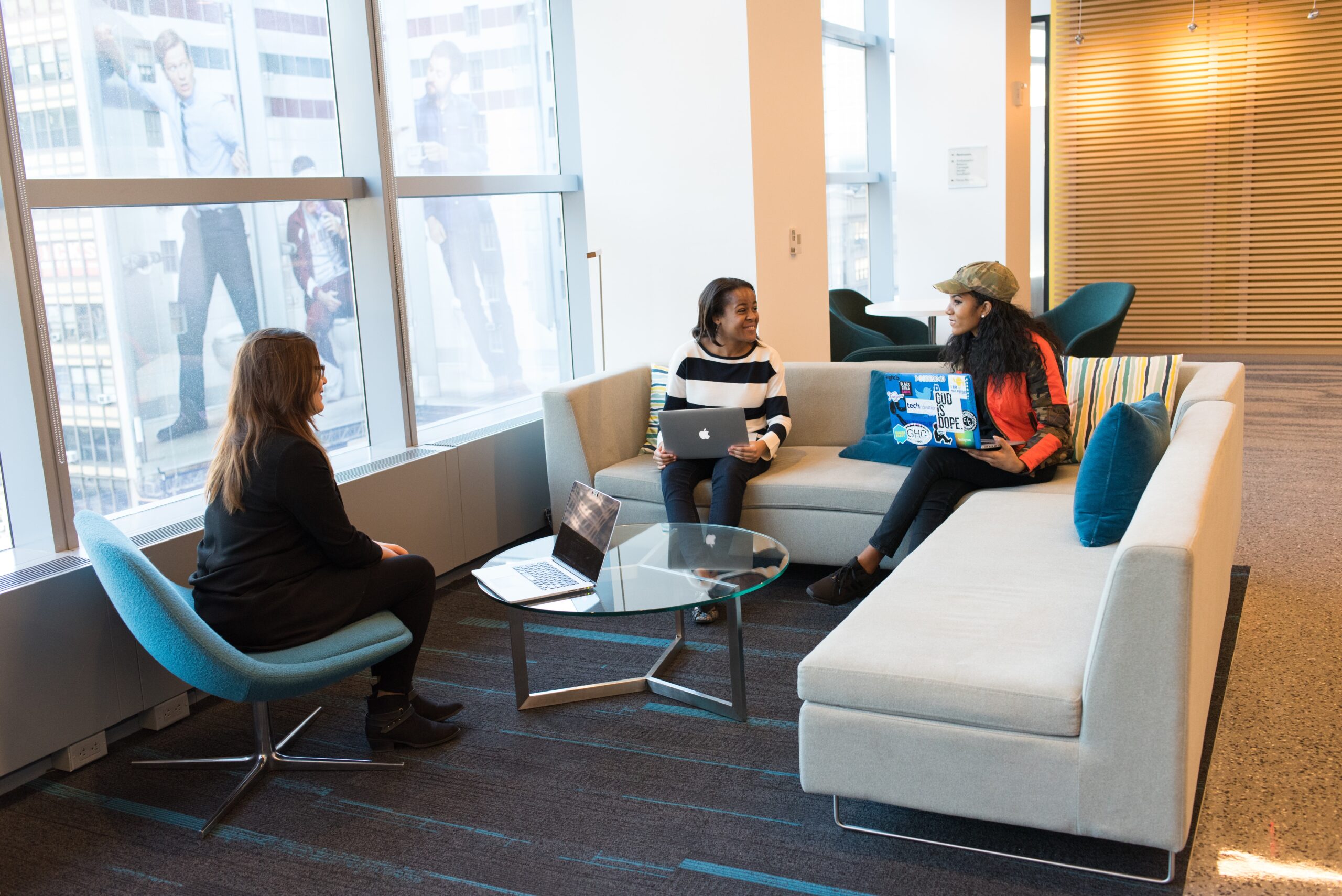How to Scale Effectively When Undertaking More Leases
Last Updated on February 9, 2023 by Morgan Beard
Managing a commercial leasing strategy, such as a triple net lease or a ground lease structure, is complicated. A leasing strategy must begin with a goal in mind and execution milestones outlined for completion at the right time.
Consider the entire life cycle of the deal: due diligence, financing, closing, construction, operations, and asset management — there are countless steps and timelines to track. Even one project is a challenge, but what about doubling your deals? What about 10 simultaneous developments? Ensuring timely completion and securing the best deal can become a dizzying prospect.
Occupier client Salad and Go, a brick-and-mortar company dedicated to making affordable and nutritious food, understands the challenges of growing by leaps and bounds — and walking the fine line between precise control and aggressive expansion. Here’s how they used leasing software to their advantage in navigating ground lease structure developments.
Starting Wisely: Using Leasing Software to Cut Costs and Manage Risks
Salad and Go employs a leasing strategy that targets ground lease development. Ground leases, often known as land leases, can be attractive investments because they allow developers to avoid the potentially huge upfront cost of land acquisition.
Although the tenant avoids the upfront cost of acquiring the land, there’s a trade-off. Because the tenant is developing the property, not leasing an existing structure like with a triple net lease, there are substantial due diligence and planning considerations. Many of those decisions are time sensitive and impact other considerations.
Doug Lister, an asset manager at Salad and Go, explains the research period of land lease development succinctly: “With the expiration of a due diligence period is the expiration of our ability to terminate the lease agreement.” The developer needs to ensure that they have considered the deal’s viability — and that they do so within the allotted time.
A few items a developer needs to track in the ground lease structure context include:
· Environmental studies: Did Phase 1 reveal any troubling conditions that need to be remedied?
· Title and survey: Does an easement need extinguishment before construction begins?
· Permits: Does the city sign off on the project, and are there any concerns with any further approvals?
· Earnest money: Who needs to be paid? Is it a wire or a check? Do notices need to be given?
· Critical dates: Is there an option to extend the closing date? How much does it cost? What are the notice requirements? When does the lease begin?
Companies that scale aggressively by taking on more leases are tracking hundreds of data points per deal. Multiplied across even just a few more deals, it becomes a nightmare to track information.
Salad and Go, whose lease portfolio has grown 528% since 2020, uses its lease management software to track items such as permits and utilities to move projects forward. Robust lease abstraction services are critical to keeping its projects online and on time. Other developers can follow the company’s management approach and consider what critical dates to track for their own leasing strategies.
Using Property Management Software as a Calendar and Communication Tool
Even seasoned professionals benefit from using lease management software to manage their developments’ inputs and outputs. Salad and Go has come to appreciate the importance of tracking the minutiae of a ground lease structure and ensuring everyone has proper access to that information. Lister noted, “Having a single source of truth for your real estate, construction, architects, and C-suite teams to collaborate is a foundational pillar for real estate growth.”
Developers should consider Salad and Go’s advice here and ask themselves:
How are we tracking the transaction’s key points?
Processes might start, stop, and begin again with long gaps between activities. City departments often require multiple rounds of reviews, surveyors might miss a certification to a lender, and utility companies might be slow to process the easement extinguishments they’re not using. Having a centralized leasing software to manage timelines and communication is a huge benefit to keeping everyone aligned and on track.
Are we keeping everyone on the same page?
There is no shortage in the number of parties involved in a ground lease structure development. Key parties include lenders, C-suite team members, asset managers, contractors, architects, accountants, and any associated legal counsel. Using a centralized property lease management software, instead of email or siloed document management software, can greatly speed up document review and avoid any confusion that comes with the reality of human involvement in the project.
Developers need the right tools to scale effectively regardless of the strategy — be it land lease or triple net lease. Whether studying due diligence on the front end or navigating the intricacies of compliance with FASB ASC 842 on the back end, developers can benefit from efficiencies found within leasing software.
Reach out to Occupier to see how leasing software integration can help you build out a smooth scaling strategy.
